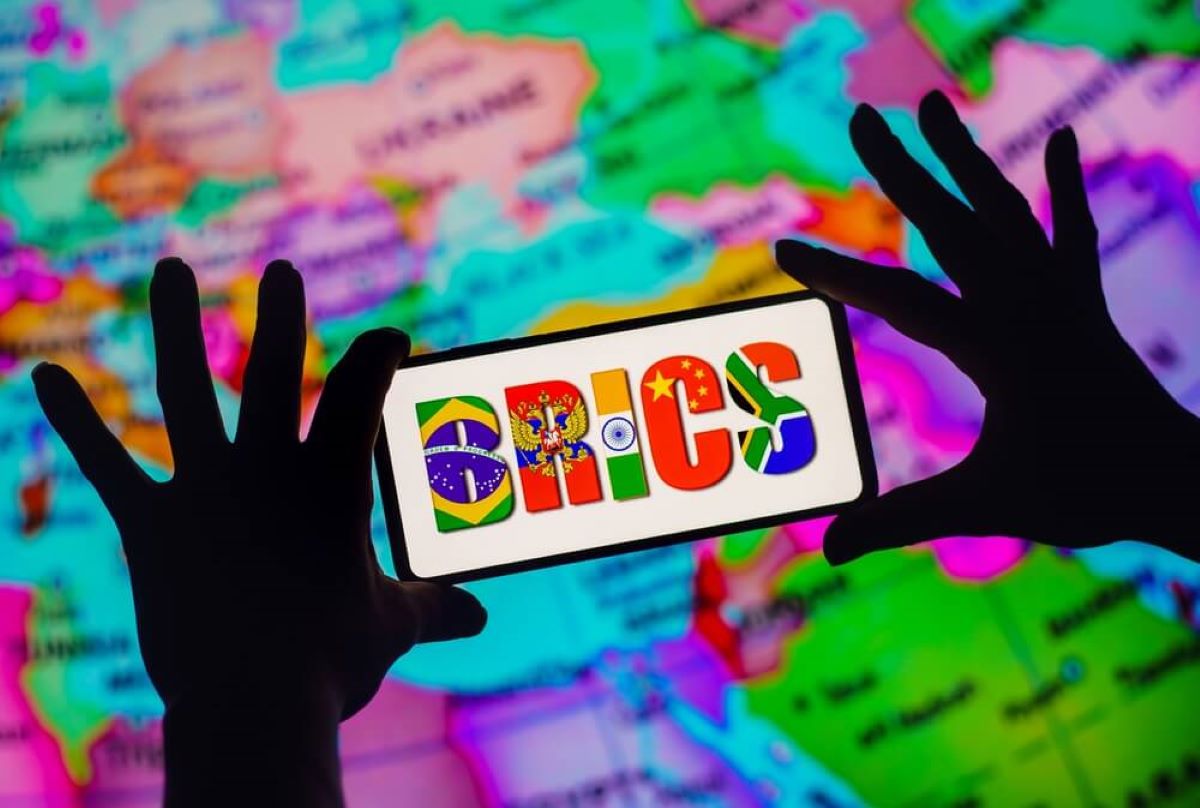Leaders of the BRICS countries with emerging economies, which account for about a quarter of the world’s wealth, will meet Tuesday in Johannesburg for a summit aimed at expanding the bloc’s influence and deepening the use of local currencies in trade among member states. Other issues, including the establishment of a common payment system, are also on the agenda.
South African President Cyril Ramaphosa will host Chinese President Xi Jinping, Indian Prime Minister Narendra Modi and Brazilian President Luiz Inácio Lula da Silva for the bloc’s three-day annual summit.
Russian President Vladimir Putin will participate in the summit via videoconference.
After questions about whether the Russian president would attend the BRICS summit, Putin decided last month not to go to Johannesburg in light of the international arrest warrant issued against him. Russian Foreign Minister Sergei Lavrov will travel to Johannesburg instead.
Read: BRICS summit 2023: Dates, location, discussions and attendees
But what is BRICS?
The BRICS is a political organization that currently includes Brazil, Russia, India, China and South Africa. Negotiations for its formation began in 2006, and its first summit was held in June 2009 in the Russian city of Yekaterinburg.
Its name changed from “Brik” to “BRICS” in 2011, after South Africa joined the country.
This international group aims to develop economic relations among themselves in local currencies, reducing dependence on the dollar.
By 2050, their economies are expected to rival the economies of the richest countries in the world today, according to Goldman Sachs, which first used the term in 2001.
The BRICS Group was coined by Goldman Sachs chief economist Jim O’Neill in a 2001 study titled “Building Better Global Economies for BRICS Countries.”

O’Neill initially used the term “break” to describe “emerging markets” in Brazil, Russia, India and China.
From 2000 to 2008, these four countries’ share of global output rose rapidly, from 16 percent to 22 percent, and their economies performed better than average during and after the global recession in 2008.
In 2006, this very concept gave rise to a grouping that merged Brazil, Russia, India and China; before South Africa joined the third summit in 2011.
The group represents 42 percent of the world’s population, more than 25 percent of global GDP and 16 percent of world trade, according to figures from the United Nations Conference on Trade and Development (UNCTAD).
It is estimated that in 2021, the BRICS population reached 3.24 billion, which is more than 40 percent of the world’s population. The majority live in either China or India, which have populations of more than 1.4 billion each, while the other three countries have a population of just under 420 million.
China has the largest GDP among the BRICS countries, reaching $16.86 trillion in 2021, while the GDP value in the remaining countries is less than $3 trillion. Combined, the BRICS Group’s GDP was more than $26 trillion in 2022, slightly more than the United States.
For most of the past two decades, China has achieved the highest GDP growth of any BRICS country, although it was surpassed by India in mid-2010 which achieved the highest growth in 2020. All five countries saw their GDP growth decline during the global financial crisis in 2008, and again during the pandemic in 2020. China was the only economy to continue to grow during both crises, although India’s economy also grew during the Great Recession.
What items will be raised during the meeting?
Expansion of the membership circle: The expansion of the membership of the BRICS is ready. There are currently 23 other countries seeking accession, including Egypt, Indonesia and Saudi Arabia.
Common currency: The group is set to revive the idea of reducing the dollar’s dominance over the international payments system, an idea that has been discussed at previous summits.
The debate has resurfaced after the US interest rate hike and Russia’s war on Ukraine, which led to the rise of the US currency, and with it the cost of dollar-denominated goods.
The proposals under discussion include increasing the use of member countries’ national currencies for trade and establishing a common payment system.
– New Development Bank: The head of the Shanghai-based New Development Bank, Dilma Rousseff, will provide an update on plans to diversify its sources of financing. The bank, which will be a conduit for business transactions between member states, estimates that at least a third of lending will be in local currencies by 2026.
Ukraine: The Russian-Ukrainian war will be on the agenda. The BRICS countries have remained cohesive since the war, with Brazil voting in favor of a UN resolution in February calling for an end to the conflict and demanding that Russia withdraws.
Food security: Food security will be on the agenda of the South Africa summit in light of the measures taken by India and Russia that have exacerbated the situation.
India, which accounts for 40 percent of the world’s rice trade, has increased export restrictions to protect its home market. Russia withdrew from the initiative that ensures the safe passage of Ukrainian grain exports, which was a rare example of cooperation during the war.
Read here for more on the economy.








